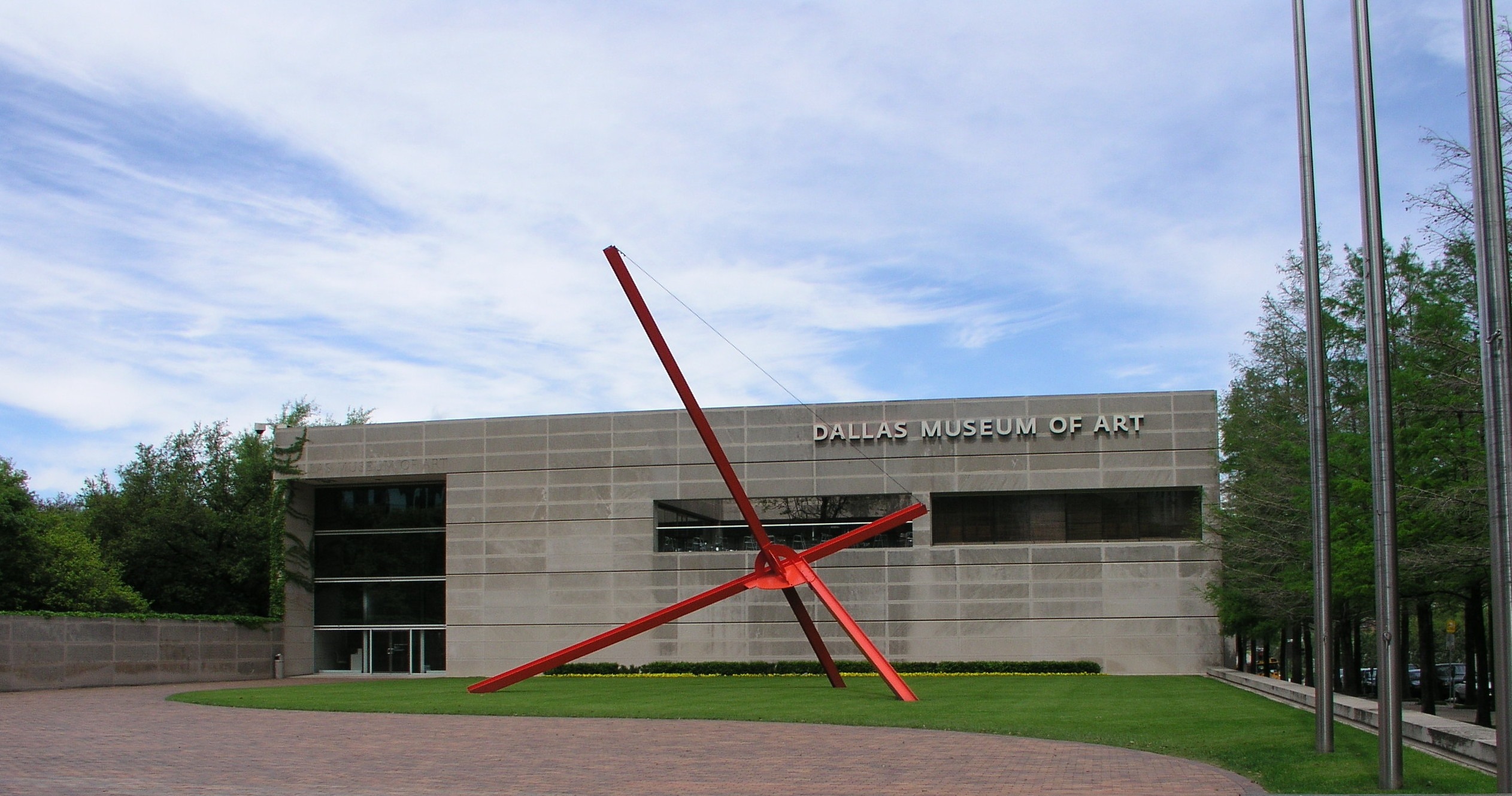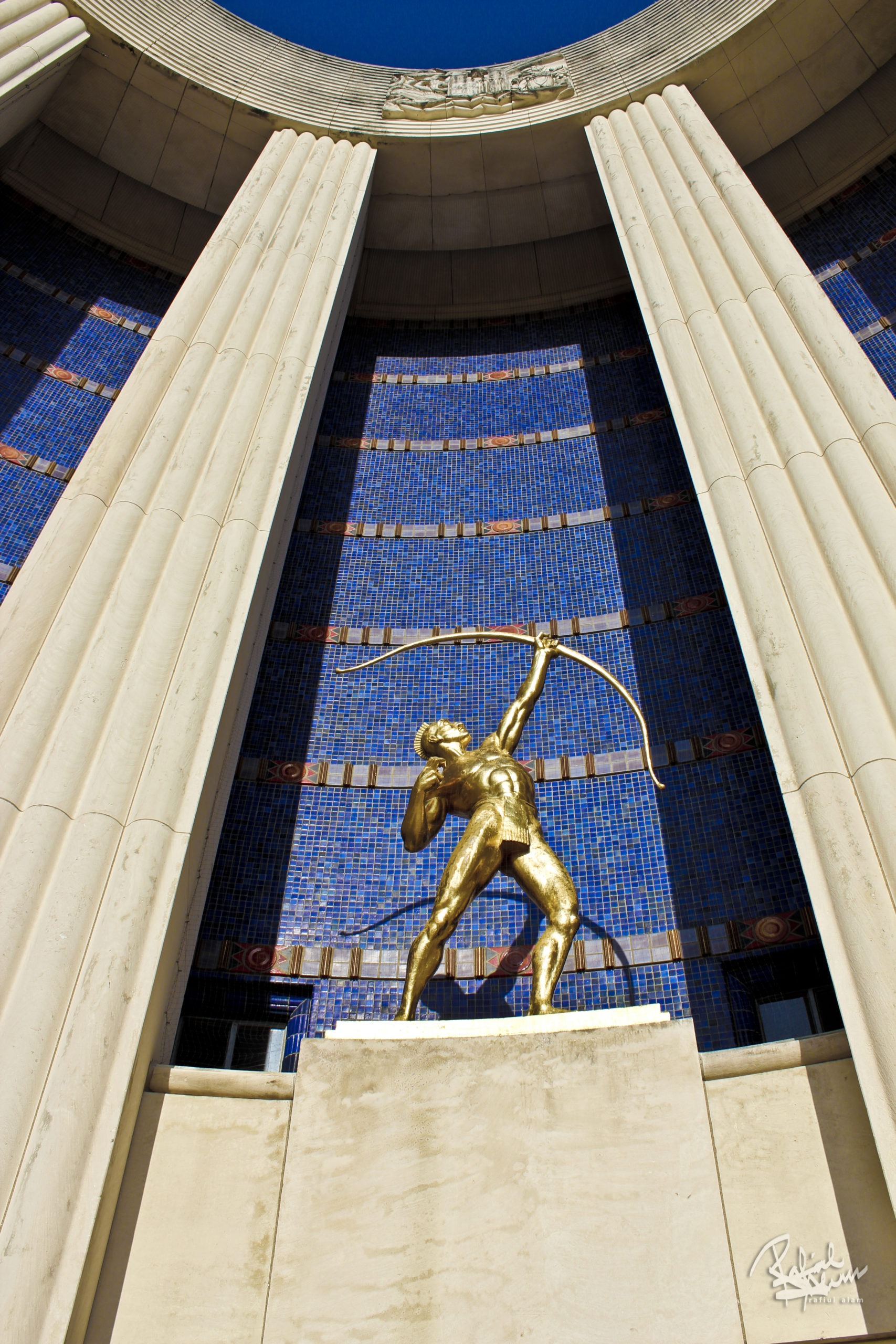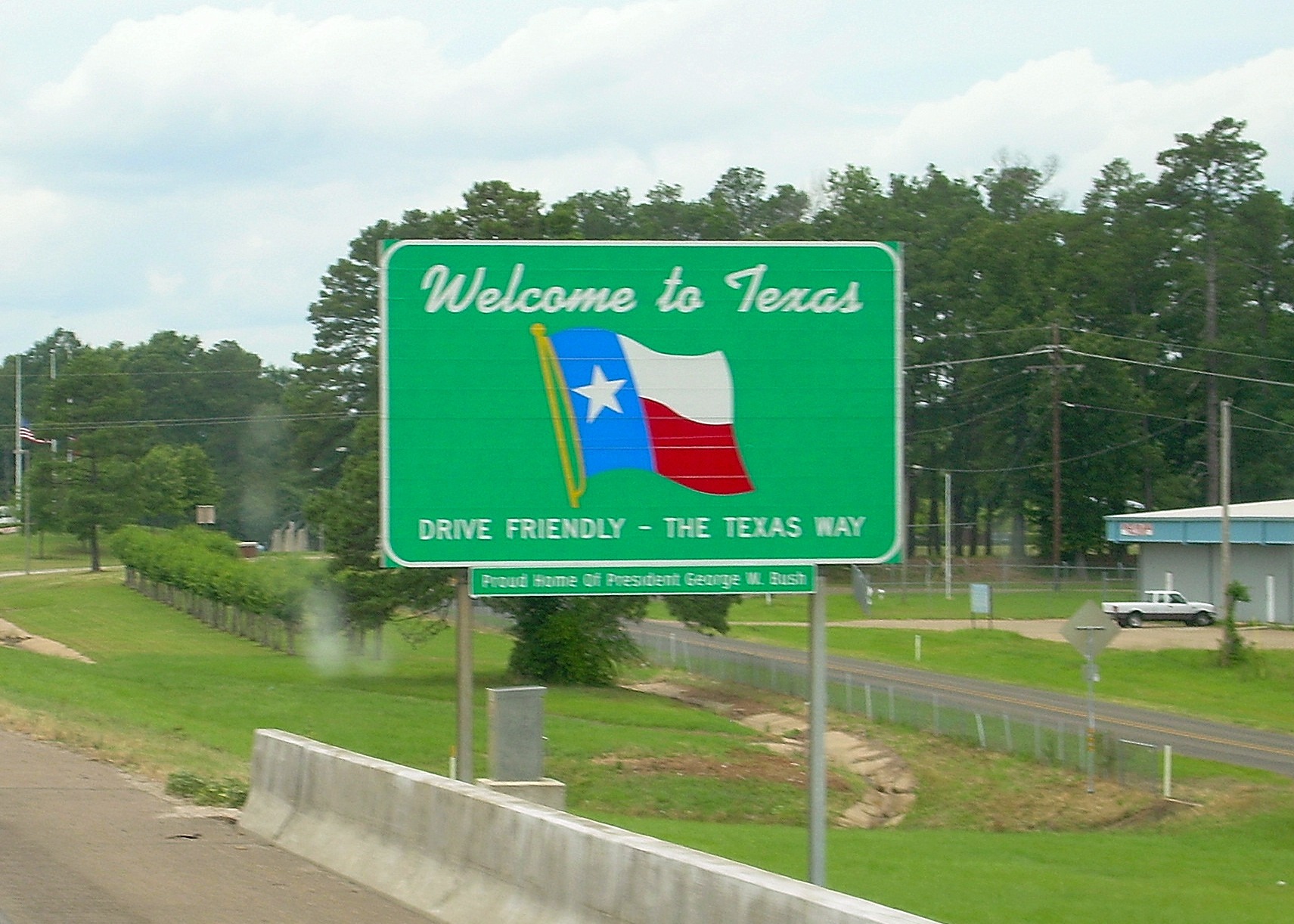Texas may not be the most well-known art destination in the United States, but the Lone Star State has a strong reputation in the art world. It is a home for many notable artists like Robert Rauschenberg and Donald Judd.
Texas has also influenced some of the world’s most successful artists. and even high-ranking business persons. Their works, which range in theme and style and are created in various media, depict the beauty and awe of the American West in a vibrant and diversified presentation that engages the viewer’s brain and emotions. Meanwhile, if you like online betting, make sure to read this post first.
Take a look at Texas’ Most Famous Artists.
Olin Travis (1888–1975), a Dallas native, studied painting and taught at the Art Institute of Chicago before creating the Dallas Art Institute in 1926 and later establishing his artist community in the Ozark Mountains.
Travis painted genre scenes and landscapes with thin layers of paint, gloomy themes, and meticulous attention to detail. He painted murals for companies and schools in Dallas. Howard Hughes Jr. also contracted him to paint a series of murals celebrating the oil industry for the Hughes Tool Company in Houston, which are currently available through Russell Tether Fine Art.
Alexandre Hogue (1898–1994) was an American artist who worked in the 1930s and 1960s. Hogue received his formal art education at the Minneapolis College of Art & Design. He is a realist artist affiliated with the Dallas Nine.
The majority of his works during the 1930s Dust Bowl focus on Southwestern and Midwestern landscapes. These paintings depicted a drought-stricken American countryside rather than a verdant paradise of potential. He then grew fascinated by the Pueblos, their spiritual beliefs, and their sense of property ownership.
Allie Victoria Tennant (1898–1971) was one of the famous regionalist artists in Texas. Tennant, a sculptor, linked with the Dallas Nine and a native of St. Louis, relocated to Dallas with her family when she was a child. She studied at the Art Students League in New York City from 1927 to 1928.
Portrait busts, fountain pieces, full-figure memorial works, and architectural sculpture were among the works she created. Tennant preferred cast-bronze for its durability, but he also worked with marble and sandstone.
She earned national acclaim and won prizes for her sculptures displayed in the Dallas Allied Arts Exposition. Tennant lectured, published articles on garden sculpture to the local newspaper, and taught at the Dallas Art Institute, in addition to sculpting and exhibiting her art.
Otis Dozier (1904–1987), a member of the “Dallas Nine,” was born in Forney, Texas. He is an artist, printmaker, and lecturer. Dozier’s technique had matured by the mid-1940s, and he had adopted a muted, earthy palette focused on images reflecting the hardships of farmers during the Great Depression.
Dozier, along with his wife, Velma, a jeweler and ceramist, became prominent cultural icons in Dallas and were honored in the 1974 show “A Salute to the Doziers of Dallas” at the Dallas Museum of Art.
The Colorado Springs Fine Arts Center, the Newark Museum of New Jersey, the Denver Art Museum, the Wadsworth Atheneum in Hartford, Connecticut, the Metropolitan Museum of Art, and the Whitney Museum of American Art all have works by him in their collections.
Dan Lam is a Vietnamese-American sculptor probably most famous for her “drippy” sculptures and use of bright colors. Born in Manila, Lam attended the University of North Texas for her education. Her finished artwork frequently dangles from shelf ledges, evoking both desire and loathing.
Dan Lam’s sculptures are enthralling because of their textures, hues, and dimension. Squishes, drips, and blobs are just a few of the funny names she gave to her numerous collections. But, no matter what group they fall into, people can’t stop looking at them from every perspective.
Lam creates her sculptures with untraditional materials such as polyurethane foam, epoxy resin, and acrylic paint.
Amy Freeman Lee (1914-2004), a resident of Seguin, Texas, is a self-taught watercolorist. Lee was significant in the foundation of the Texas Watercolor Society in 1949. She also had several paintings displayed in Mexico City and Smithsonian and California National Watercolor Society traveling exhibits.
Lee worked for the San Antonio Express-News and radio station KONO as an art critic. And in 1984, a CBS documentary, Reality is Becoming, focusing on her life and achievements, aired on television.
They displayed her artworks in the University of Texas at Austin, the Norfolk Museum of Arts and Sciences, and the San Antonio Art League’s collections. Amy Freeman Lee was a teacher, a writer, and an artist. In 1984, they appointed her to the Texas Women’s Hall of Fame.
William Lester (1910–1991) was born in Graham, Texas, in 1910. As a teenager, he relocated to Dallas and studied with Texan artists such as Perry Nichols, Thomas Stell, Alexandre Hogue, and Olin Travis.
He, too, is a member of the “Dallas Nine.” He decided to depict regionalist themes in his landscape paintings and prints, frequently with a hint of Surrealism. William Lester is most known for his images of dry landscapes and daily life in the Southwest, particularly Texas and Oklahoma.
During his lifetime, they displayed and acknowledged Lester’s works frequently. In 1936, he was recognized in the Texas Centennial and the First National Exhibition of Art at Rockefeller Center.
If you find this post about the most popular artists in Texas interesting, you can also read the most popular sports in Texas.



